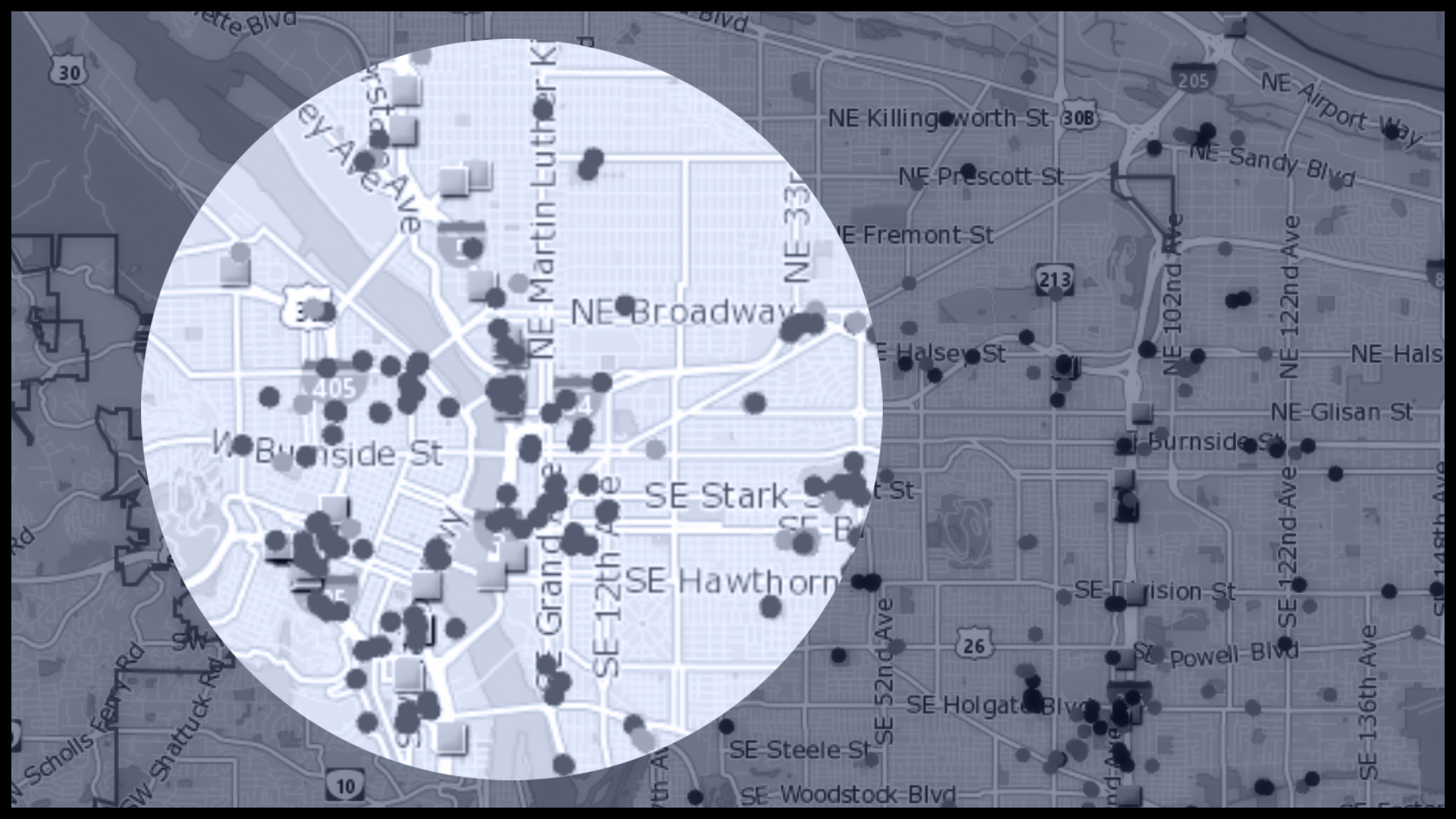Editor's note: This story was published on October 1, 2017
Tent City, USA is a KGW investigative project that explores who Portland’s homeless tent campers are and what led to the proliferation of tent camps across the city. Tent City, USA was reported and produced by KGW's investigative team: Kyle Iboshi, Maggie Vespa, John Tierney, Sara Roth and Gene Cotton. Infographics and multimedia design by Jeff Patterson.
The relationship between homeless people living in tents and the housed people who live near tent camps is tenuous. While the city does not have enough housing for all of the homeless people in Portland, many neighbors have also expressed concerns of crime, drug use, garbage and even fires at camps near homes.
Portland has a system that allows residents to report the location of problematic tents. The city uses this data to inform weekly campsite sweeps, which are carried out by an outside contractor.
Below is a map showing reported camps over the past eight weeks. Tap to view map
The city also publishes upcoming planned sweeps each week, based on hundreds of reported campsites. Click to view planned sweeps
Due to limited resources and shelter space, the city says it prioritizes cleanups in “areas that have the greatest negative impact on livability, and pose the greatest risk to public health and safety.” If you see campers using drugs in a public park, reporting that will likely result in swift action. If quiet campers pitch a tent in a semi-hidden area, they may not be moved for quite some time.
The city is also only legally allowed to move camps on city property or right-of-way such as streets and sidewalks. The Oregon Department of Transportation and railroad companies also maintain their land. Other private landowners are responsible for cleaning camps on their property.
The city’s One Point of Contact coordinates reports about camps anywhere in Portland, including on city, ODOT and privately owned land.
To report a camp, fill out an online form on the city's website or through the PDX Reporter app on a smartphone.
If there is an immediate threat to someone’s safety, call 911.
Read more:
Published Oct. 9, 2017


